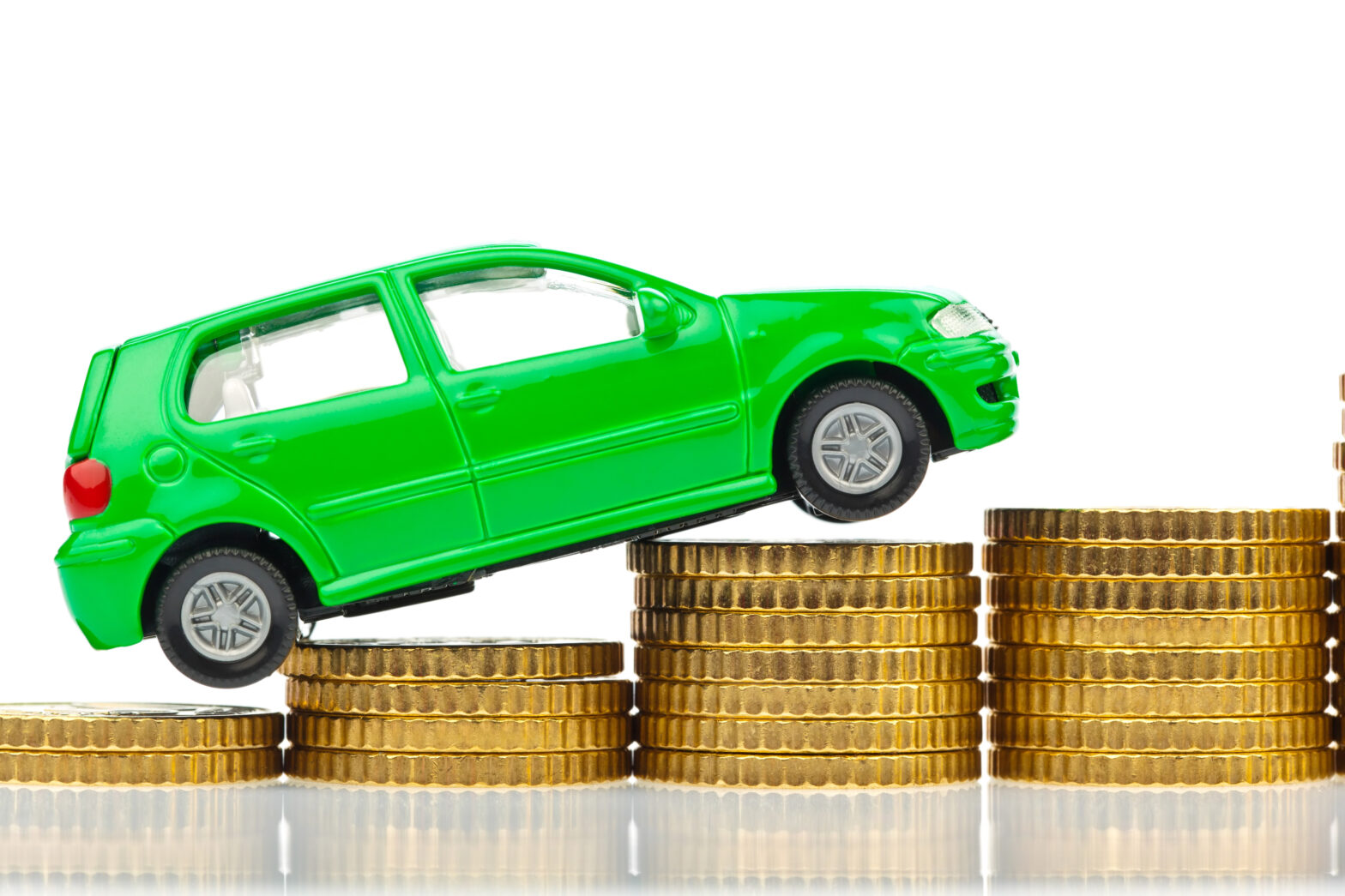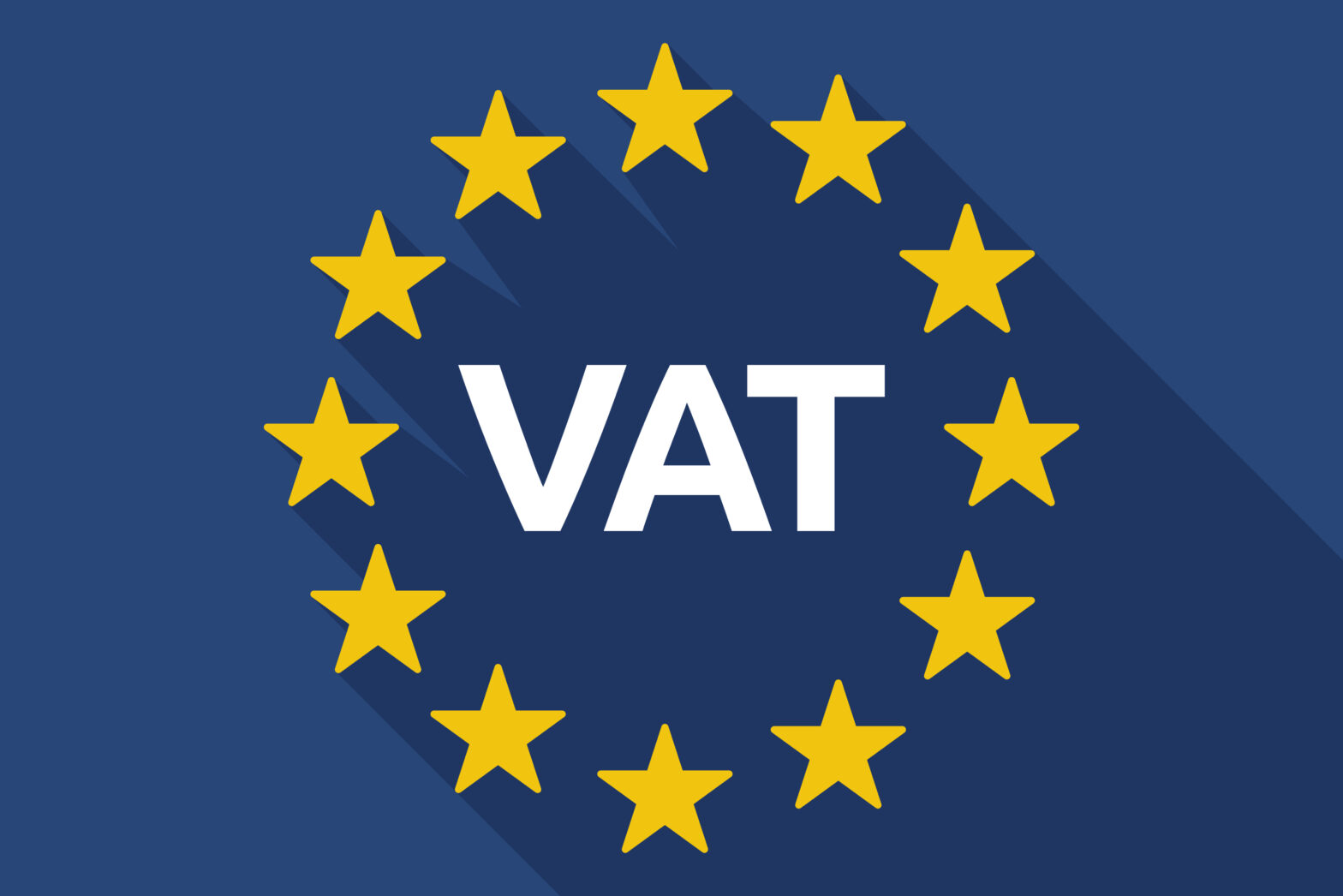HMRC sets “allowable“ mileage rates each year for the current year they are cars and vans – First 10,000 miles in tax year 45p per mile and further mileage 25p per mile plus 5p per mile for any passengers. The bicycle rate is 20p per mile.
[UPDATE 2021: Mileage allowance in the UK – what is it and how does it work?]
You must keep records of all business mileage. Any mileage claimed in excess of the HMRC rate will be classified as a benefit and must be included on the annual P11D (return of taxable benefits-in-kind).
The only VAT implication of you claiming the business mileage is that the company can claim a VAT element. The VAT element claimable depends on a number of factors. The engine size of the car determines the “Advisory Fuel Rate” (AFR). For example for the period 1 March 2012 to 31 May 2012 for a 1.8 litre petrol car this AFR is 18p per mile. So the VAT element is: 18px20/120 = 3p.
Other than that there are no VAT implications as petrol, maintenance, etc expenses are paid by you as an individual rather than the limited company. The same would apply to any VAT charge on the purchase of your personal motor vehicle.
The link below shows the method of claiming vat on mileage allowances. It relates to the fuel element. The AFR is revised quarterly so you need to check the current rates for each quarterly VAT return.





